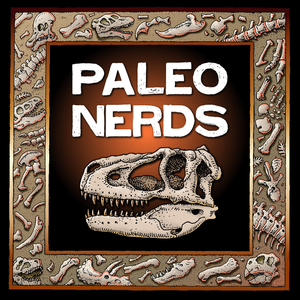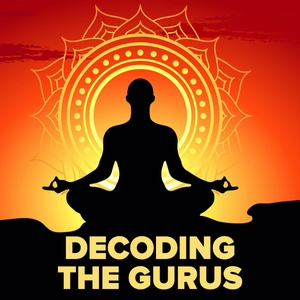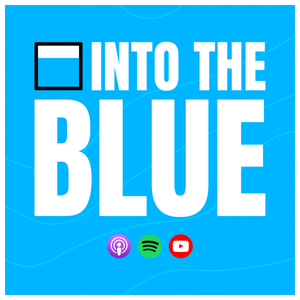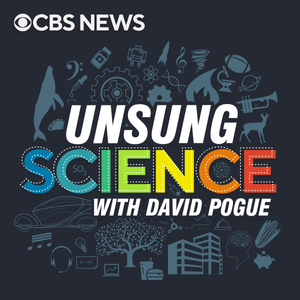
How the Cellphone was Born: Three Months of Craziness
12/10/21 • 39 min
In the early 1970s, “mobile phones” were car phones: Permanently installed monstrosities that filled up your trunk with boxes and, in a given city, could handle only 20 calls at a time. Nobody imagined that there’d be a market for handheld, pocketable cellphones; the big phone companies thought the idea was idiotic. But Marty Cooper, now 92, saw a different future for cellular technology—and he had 90 days to make it work. A story of corporate rivalry, Presidential interference...and unquenchable optimism.
Guests: Marty Cooper, father of the cellphone. Arlene Cooper, technology entrepreneur.
Learn more about your ad choices. Visit megaphone.fm/adchoices
In the early 1970s, “mobile phones” were car phones: Permanently installed monstrosities that filled up your trunk with boxes and, in a given city, could handle only 20 calls at a time. Nobody imagined that there’d be a market for handheld, pocketable cellphones; the big phone companies thought the idea was idiotic. But Marty Cooper, now 92, saw a different future for cellular technology—and he had 90 days to make it work. A story of corporate rivalry, Presidential interference...and unquenchable optimism.
Guests: Marty Cooper, father of the cellphone. Arlene Cooper, technology entrepreneur.
Learn more about your ad choices. Visit megaphone.fm/adchoices
Previous Episode
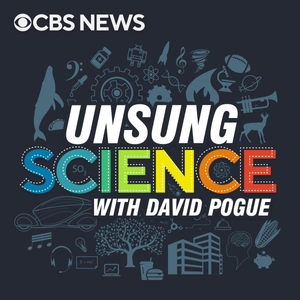
How Apple and Microsoft Built the Seeing-Eye Phone
Your smartphone can see, hear, and speak—even if you can’t. So it occurred to the engineers at Apple and Microsoft: Can the phone be a talking companion for anyone with low vision, describing what it’s seeing in the world around you?
Today, it can. Thanks to some heavy doses of machine learning and augmented reality, these companies’ apps can identify things, scenes, money, colors, text, and even people (“30-year-old man with brown hair, smiling, holding a laptop—probably Stuart”)—and then speak, in words, what’s in front of you, in a photo or in the real world. In this episode, the creators of these astonishing features reveal how they turned the smartphone into a professional personal describer—and why they care so deeply about making it all work.
Guests: Satya Nadella, Microsoft CEO. Saqib Shaikh, project lead for Microsoft’s Seeing AI app. Jenny Lay-Flurrie, Chief Accessibility Officer, Microsoft. Ryan Dour, accessibility engineer, Apple. Chris Fleizach, Mobile Accessibility Engineering Lead, Apple. Sarah Herrlinger, Senior Director of Global Accessibility, Apple.
Learn more about your ad choices. Visit megaphone.fm/adchoices
Next Episode
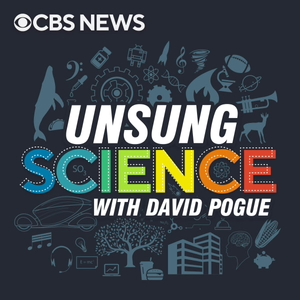
Leap Seconds, Smear Seconds, and the Slowing of the Earth
The earth’s spinning is slowing down. Any clocks pegged to the earth’s rotation are therefore drifting out of alignment with our far more precise atomic clocks—only by a thousandth of a second every 50 years, but that’s still a problem for the computers that run the internet, cellphones, and financial systems.
In 1972, scientists began re-aligning atomic clocks with earth-rotation time by inserting a leap second every December 31, or as needed. It seemed like a good idea at the time—until computers started crashing at Google, Reddit, and major airlines. Google engineers proposed, instead, a leap smear: fractionally lengthening every second on December 31, so that that day contains the same total number of seconds. But really: If computer time drifts so infinitesimally from earth-rotation time, does anybody really care what time it is?
Guests: Theo Gray, scientist and author. Geoff Chester, public affairs officer for the for the Naval Observatory. Peter Hochschild, principal engineer, Google.
Learn more about your ad choices. Visit megaphone.fm/adchoices
If you like this episode you’ll love
Episode Comments
Generate a badge
Get a badge for your website that links back to this episode
<a href="https://goodpods.com/podcasts/unsung-science-219690/how-the-cellphone-was-born-three-months-of-craziness-25019069"> <img src="https://storage.googleapis.com/goodpods-images-bucket/badges/generic-badge-1.svg" alt="listen to how the cellphone was born: three months of craziness on goodpods" style="width: 225px" /> </a>
Copy

